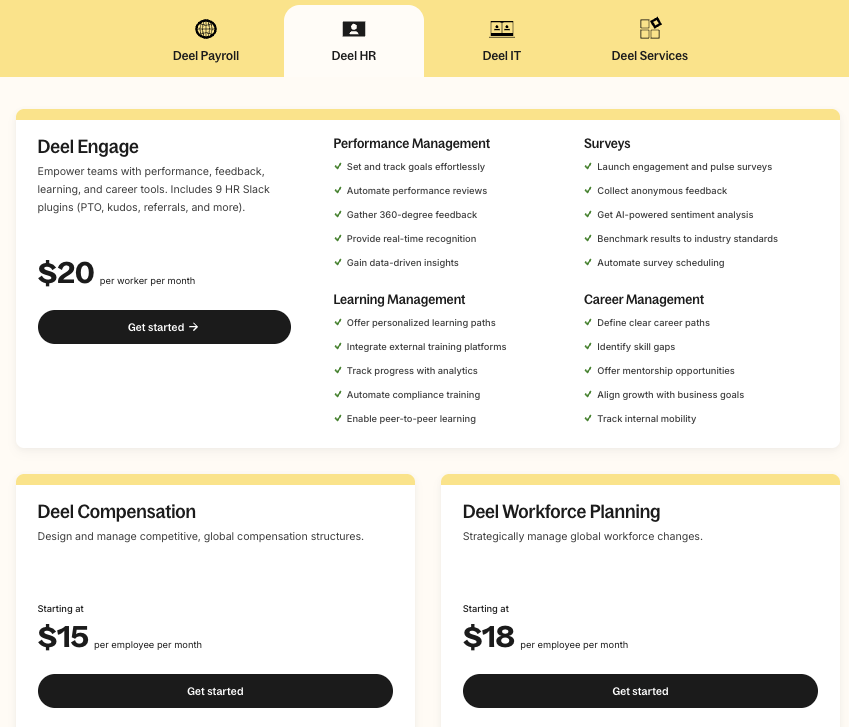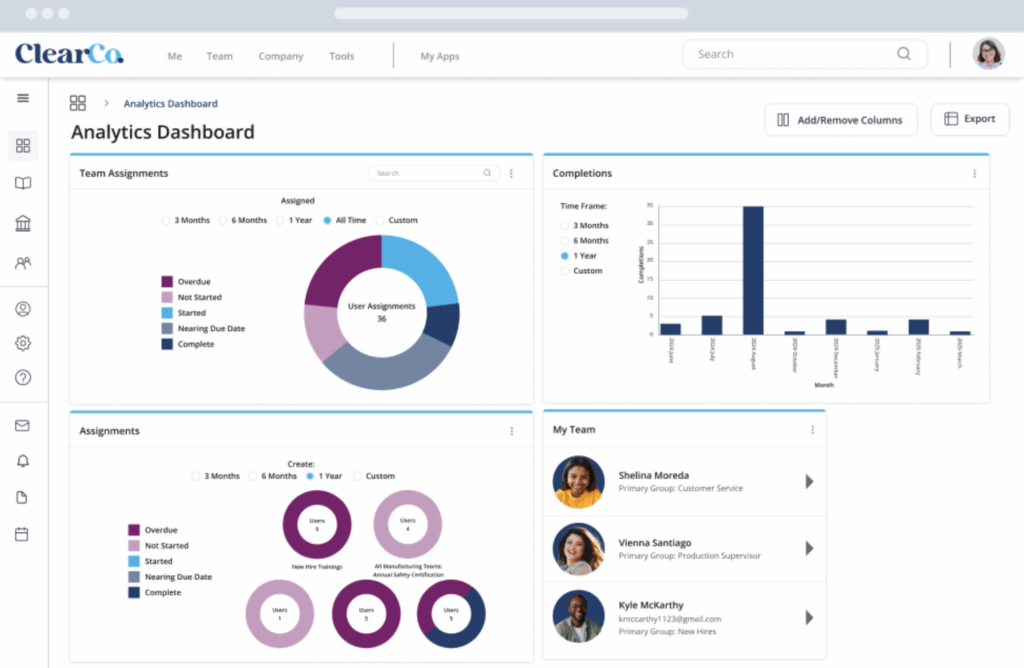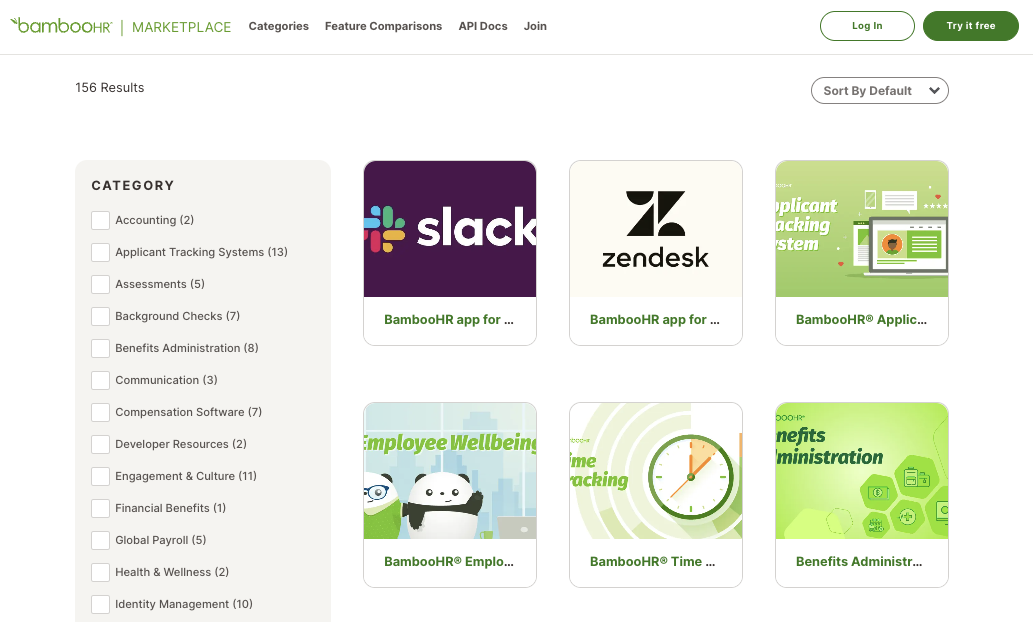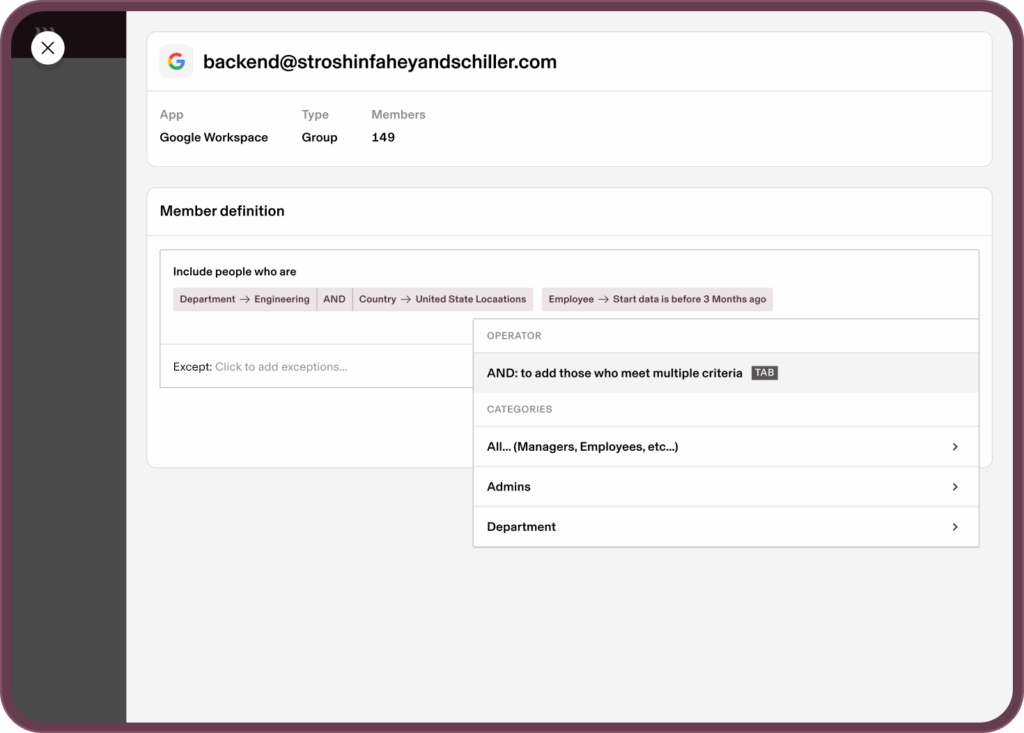Choosing the right HR software is pivotal for your team. It saves time, ensures accuracy, keeps you compliant, and boosts your ROI. But pick the wrong one, and you risk inefficiencies, errors, and costly compliance issues.
This guide is for HR professionals who want to make informed decisions. Whether you're a small business owner or leading a large HR department, understanding the nuances of your options is key. Let’s dive into making the right choice for your organization.
6 Things to Look for When Choosing HR Software
Evaluate HR software solutions by focusing on key factors that align with your team's needs and goals. If you know what your HR software requirements are, you’ll be better primed to pick the best candidates.
Consider these elements during your software selection:
1. Plan Flexibility

Plan flexibility impacts the software’s ability to adapt to your organization's changing needs, either by upgrading or downgrading plans, or by purchasing add-ons. This matters because your team might grow or change, and you’ll need a scalable solution to adapt with you.
Look for plans that offer easy upgrades without hefty fees, or solutions that combine different HR system modules in a piece-by-piece approach. Ask vendors about their upgrade policies during demos, and whether they cater more towards small businesses, midsize businesses, or enterprise businesses.
2. Data Access and Reporting

Data access and reporting enable you to generate insights from your employee data and drive better decisions. It’s vital for HR management as well as maintaining compliance.
Ensure the software offers customizable reports and easy employee information export options. Test the reporting features during a trial to gauge ease of use.
3. Integration With Your Tech Stack

Integration with your HR tech stack ensures the HR software works seamlessly with your existing tools. It's essential for maintaining productivity and data consistency, and helps to streamline your HR workflows.
Check if the software integrates with your payroll software (or, look for an HR software with payroll processing), CRM or applicant tracking system (ATS), and other cloud-based systems. Ask for integration demos to see it in action.
4. Onboarding and Support
Strong onboarding and support services can ease the transition to new software. This leads to a better implementation of your new HR platform, and improved adoption by your HR department and employees alike.
Evaluate the availability of training resources, live support, and community forums. During a demo, inquire about the average response time for support queries and the availability of dedicated account managers.
5. Customization Options
Customization options allow you to tailor the HR platform to your specific needs. This is important for ensuring the tool fits your core HR workflows. Look for HR tools that let you customize fields, dashboards, and processes—and providers that support you through this customization.
6. Automation Features

Automation features help streamline repetitive tasks and workflows. Whether it’s how you recruit top talent, onboard new hires, how employees submit time off requests, or other typical HR tasks, automation can make a big impact.
Automation helps your HR staff save time and reduce errors. Ensure the software automates key HR functions relevant to your team, and test automation capabilities during a demo or free trial to see their impact.
How to Choose HR Software: A 5-Step Framework
To select the right HR software, start by identifying your business needs and challenges. This will help you narrow down the type of HR software that’s best suited to your business, whether it’s an HCM or HRIS system, or a different kind of HR SaaS.
Then, you can evaluate features that align with these requirements and test them through demos or trials. Here's a step-by-step guide to help you make an informed decision on HR tech:
Step 1: Identify Your Needs
Start by pinpointing your team's needs to lay the groundwork for selecting the best HR software:
Gather Stakeholder Input
Involve key stakeholders like HR, payroll, and IT to get a full picture of your needs. Hold meetings or send surveys to gather their insights. Ask them what features they find lacking in the current system. Prioritize feedback from those who will use the software daily.
List and Prioritize Pain Points
Identify the pain points in your current system. What slows your HR team down? Create a list and rank them by impact on workflow. Common issues might include things like:
- Manual data entry: Is managing your HR database eating up your HR professionals’ time?
- Lack of integration: Are benefits administration and enrollment, employee lifecycle management, and workforce planning happening in scattered, disparate HR technology?
- Limited reporting capabilities: Is it a struggle for your HR leaders to put together reports, and monitor things like employee engagement, retention, and employee performance?
Align with Policies and Goals
Ensure your requirements align with internal policies and goals. Check for any data security protocols or regulatory requirements you must meet. Align your vendor preferences with your organization's budget and strategic direction.
Differentiate Must-Have vs. Nice-to-Have
Distinguish between must-have and nice-to-have features. Must-haves are essential for your operations, like payroll and workforce management, employee benefits administration, or HR data management.
Nice-to-haves could be features that enhance the user-friendly experience or amplify your employee experience. This could be things like mobile apps, performance management tools, a learning management system (LMS), or an employee self-service portal.
Ask These Questions:
- What complaints or blockers come up most often?
- What needs aren’t being met today?
- What features would solve your top 3 pain points?
- What ROI are you expecting from this investment?
Step 2: Research Vendors
Dive into researching and comparing HR software vendors to find the best fit for your team:
Conduct Vendor Scans
Start with high-level scans using review sites, rankings, and case studies. Look for feedback on user experience and customer support. Pay attention to recurring praises or complaints. This will give you a broad view of each vendor's reputation.
Compare Based on Needs
Match tools to your business size and needs. Consider whether you need integrations with current systems or an all-in-one solution, like a human resource information system (HRIS) or a human resource management system (HRMS).
Decide if outsourcing is better than creating an in-house model. And, if you’ve outgrown your current system and need to upgrade your HR software, consider what the migration or offboarding process will look like from your existing HR tool.
The smaller the HR department, the less systems you use the better, so you might want to get an all-in-one HR system in the beginning and then extend with more specialized tools as your needs develop. This is why the ability to integrate well, ideally with open APIs or native connectors, is key.
Identify Key Differentiators
Look for differentiators like implementation support and user experience. Consider flexibility for niche use cases if your team has unique needs. Check if vendors offer tailored solutions or one-size-fits-all packages.
Document Your Findings
Keep track of your research by documenting your findings. Create a spreadsheet to compare features, pricing, and support. This helps you make informed decisions and keeps your team aligned.
Ask These Questions:
- What does each tool do best?
- Does it fit your team size, budget, and stack?
- What support and documentation are available?
- How flexible is the tool for niche requirements?
- What are the key differentiators?
Top HR Software To Consider
Here’s my list of the top 10 HR software options available, to help you get started in your search:
Step 3: Make a Shortlist and Reach Out
Once you’ve done your research, it’s time to narrow down your vendor options and start conversations with potential partners:
Shortlist Vendors
Select 2-4 vendors based on your earlier research, focusing on those that align best with your team's needs and budget. This makes it easier to manage and compare options. Ensure each vendor ticks most of your priority boxes.
Send an RFI or RFP
Consider sending an HR software RFP or RFI to gather detailed information from your shortlisted vendors. This helps you understand each one’s offerings and capabilities and gives them a chance to align their offer with your specific needs. Use this step to clarify any uncertainties and get specifics on pricing and features.
Book Demos and Ask Questions
Schedule demos with shortlisted vendors and prepare focused questions. Use this time to see the software in action and evaluate user experience. Ask about specific features and how they address your pain points.
Use Consistent Evaluation Criteria
Apply the same evaluation criteria across all vendors. This ensures a fair comparison and helps you identify the best fit. Create a checklist or scorecard to track each vendor's strengths and weaknesses.
Ask These Questions:
- Can you walk me through a real customer story like ours?
- What support or onboarding resources do you offer?
- What features require an upgrade?
- How does your software handle specific pain points we have?
- Are there any hidden costs we should be aware of?
Step 4: Build the Business Case
Turn your vendor research into a solid business case that your leadership team will understand and support:
Summarize Pain Points and Outcomes
Start by summarizing the pain points your team faces and the impact they have on productivity, performance, or the efficiency of your HR operations. Highlight the outcomes you expect from the new software, and how these will address these issues you’ve laid out. Use specific examples to show the benefits and improvements expected.
Present Cost Estimates and Timelines
Find basic cost estimates and implementation timelines from your vendor research. Present these details clearly to your leadership team. Use HR software pricing guides to provide a range of costs. Include timelines to show when the benefits will begin.
Articulate ROI and Risks
Explain the ROI and efficiency gains the software will bring. Highlight the financial and operational risks of not making a change, and demonstrate how the software will save time and reduce errors, improving overall productivity.
Ask These Questions:
- What business problem will this solve?
- What are the risks of doing nothing?
- What are the financial and operational upsides?
- How soon will we see a return on investment?
- What metrics will indicate success?
Step 5: Implement and Onboard
Once you've selected an HR software vendor, plan a smooth onboarding process for your team:
Communicate the Rollout Plan
Clearly communicate the rollout plan to all users, not just the HR department. Share timelines and what each phase involves, especially if the migration requires updates to employee documents or data.
Make sure everyone understands their role in the transition. Use emails or team meetings to keep everyone informed, host Q&A sessions, and optimize the move onto your new system.
Assign Internal Owners
Assign internal owners and points of contact for the software. This might include HR leaders, executives, and middle managers. Your selection process for these owners should consider their level of influence and widespread coverage so that all employees have a go-to person.
These individuals will manage the rollout and address any questions, so ensure they’re trained and ready to guide their teams. This helps maintain a smooth transition.
Ensure Training and Adoption
Make sure teams complete training and adopt the tool consistently. Use vendor-provided resources where possible, and set deadlines for training completion. Monitor usage and address any resistance or challenges as they come up.
Create Feedback Loops
Establish feedback loops during rollout to gather user input and improve processes in real-time. Regular check-ins with your team will help to refine the implementation process and encourage widespread adoption.
Ask These Questions:
- What’s the change management plan?
- Who’s responsible for roll-out?
- How will you track early success?
- What training resources are available?
- How will you handle user feedback?
What’s Next:
If you're in the process of researching HR software selection, connect with a SoftwareSelect advisor for free recommendations.
You fill out a form and have a quick chat where they get into the specifics of your needs. Then you'll get a shortlist of software to review. They'll even support you through the entire buying process, including price negotiations.




